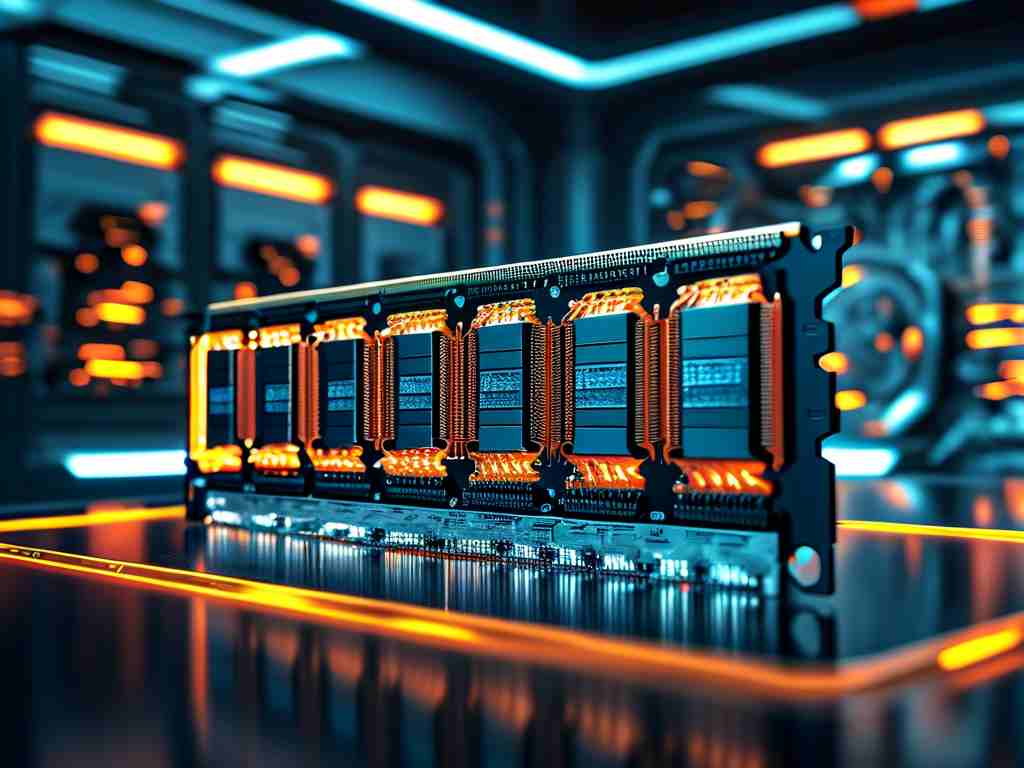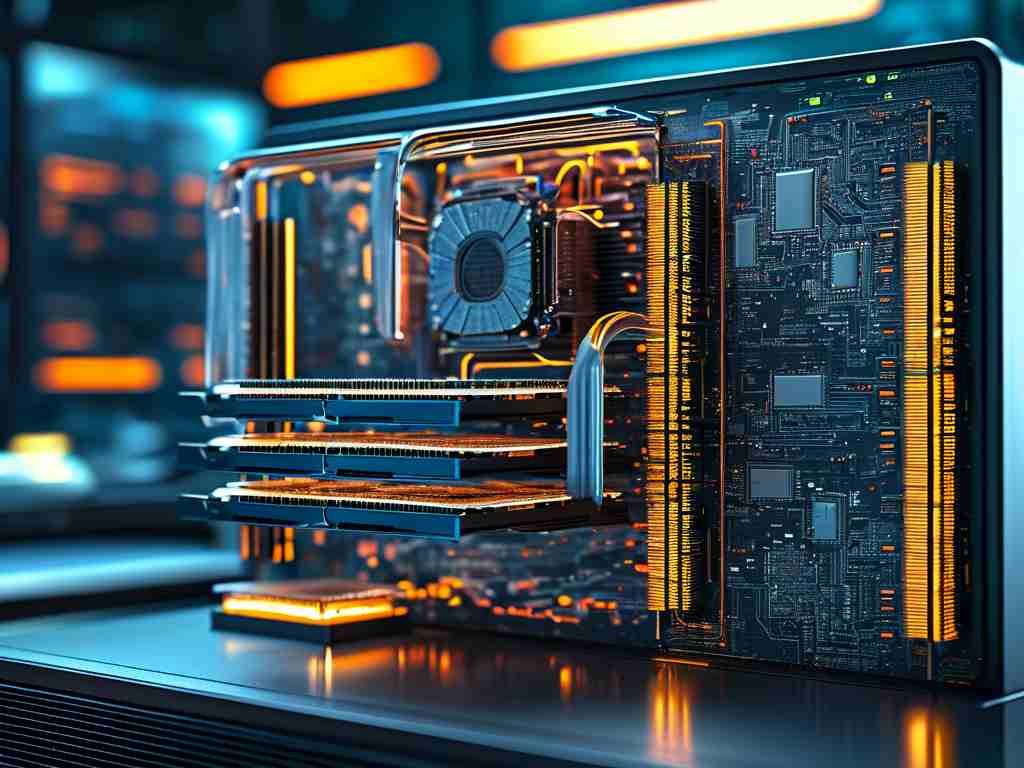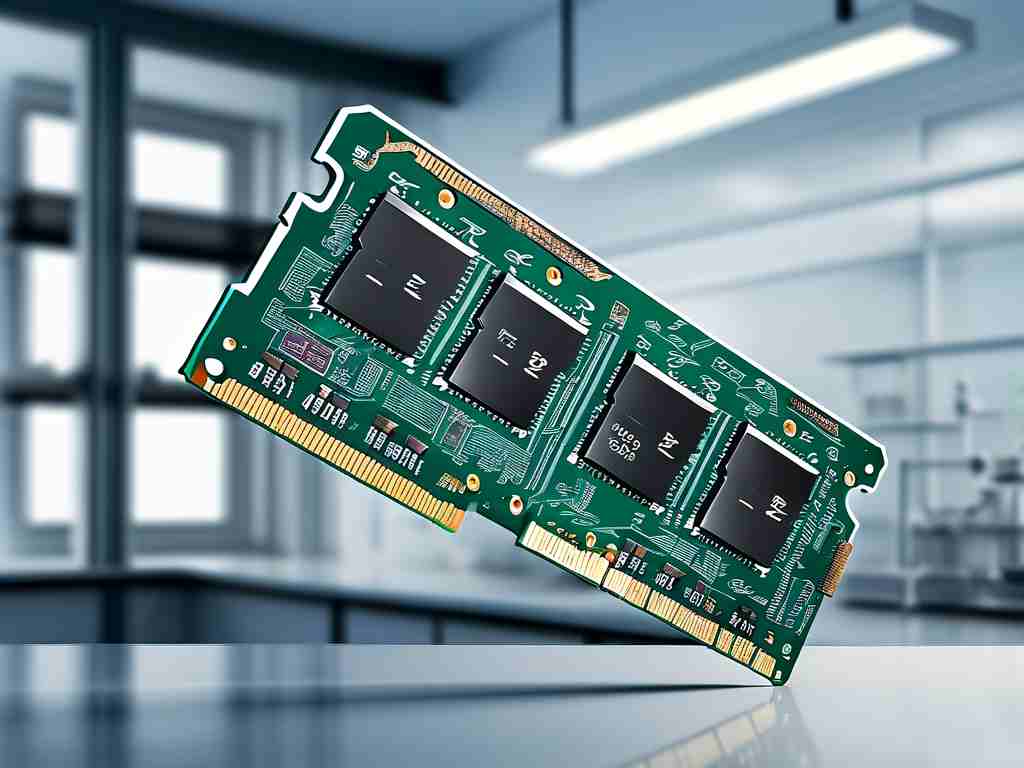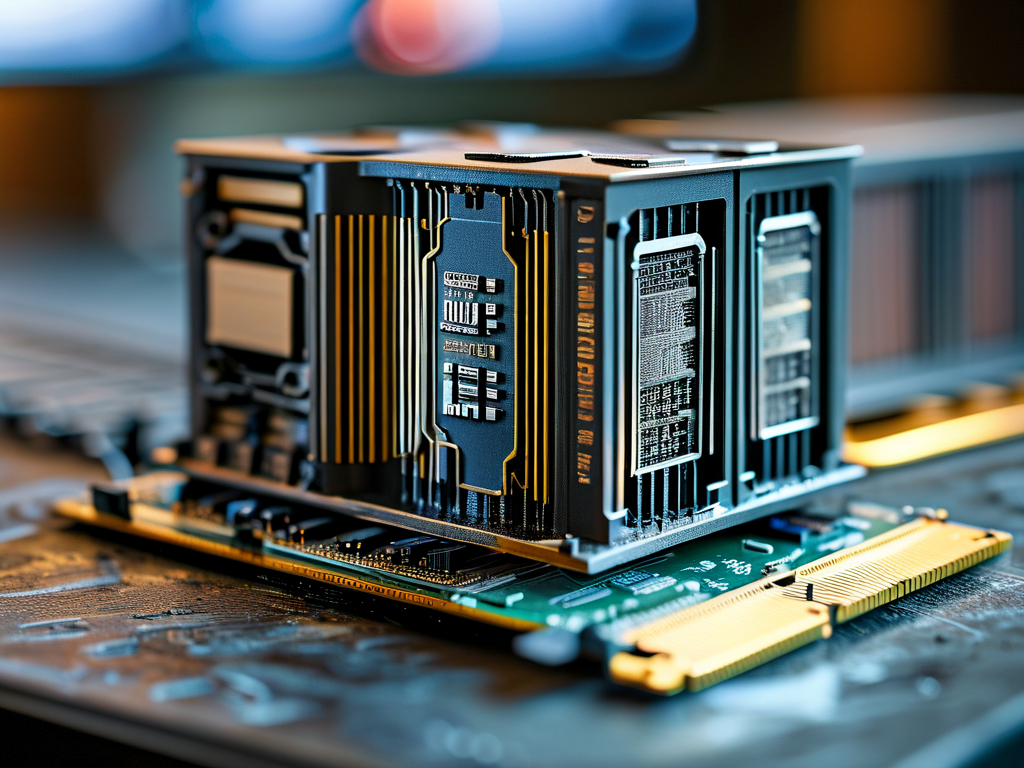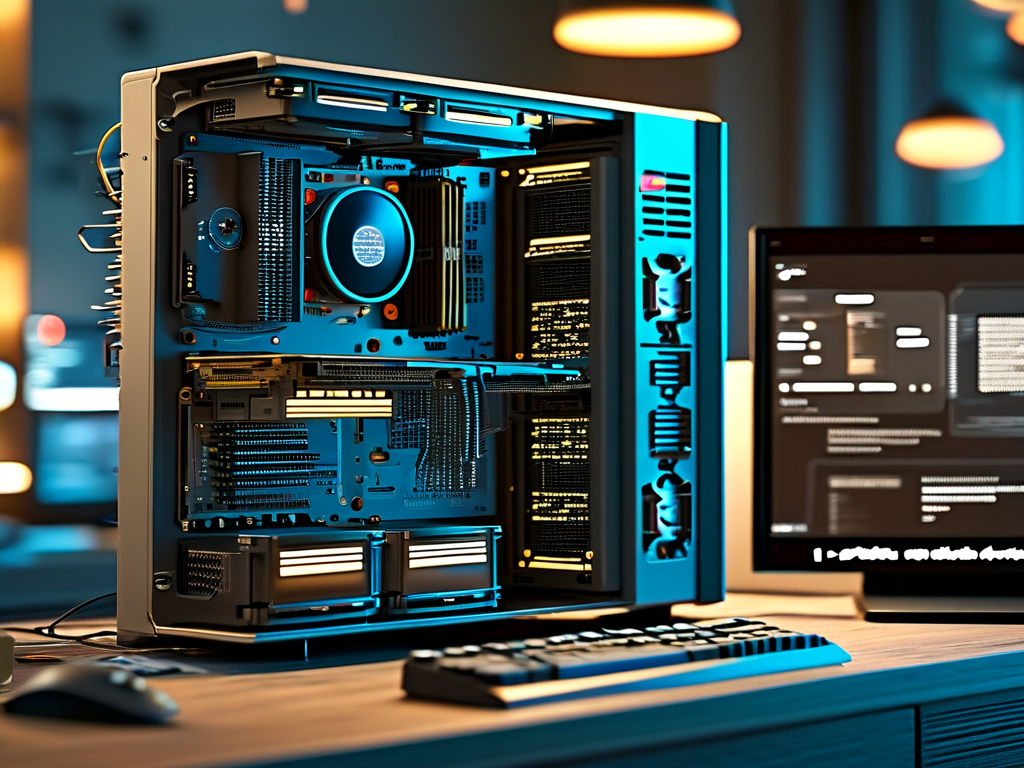Computer memory space and address allocation form the backbone of modern computing systems, enabling efficient data storage, retrieval, and processing. This article explores the fundamental concepts of memory organization, the role of memory addresses, and their critical importance in both hardware and software operations.

1. The Concept of Memory Space
Computer memory refers to physical or virtual storage components that temporarily or permanently hold data and instructions for processing. Memory space is divided into units called bytes, each uniquely identified by an address. The total addressable memory depends on the system architecture-for example, a 32-bit system can access up to 4 GB of memory (2³² addresses), while a 64-bit system supports exponentially larger spaces.
Memory is categorized into two primary types:
- Volatile Memory (RAM): Requires power to retain data and is used for temporary storage during active tasks.
- Non-Volatile Memory (ROM, Flash): Retains data without power, such as SSDs or BIOS chips.
2. Memory Addressing Mechanisms
A memory address is a unique identifier assigned to each byte, acting like a "house number" for data. Addresses are generated by the CPU during program execution and managed via the following systems:
Physical vs. Logical Addresses
- Physical Address: The actual location in hardware memory.
- Logical Address: A virtual reference created by software, translated to a physical address by the Memory Management Unit (MMU).
This abstraction allows programs to operate independently of physical memory constraints. For instance, virtual memory extends usable space by temporarily offloading data to disk storage.
Addressing Modes
Different addressing modes determine how the CPU calculates effective addresses:
- Direct Addressing: The instruction contains the actual memory address.
- Indirect Addressing: The address points to another location holding the target address.
- Indexed/Relative Addressing: Uses a base address combined with an offset (e.g., array access).
3. Memory Allocation Strategies
Efficient memory allocation ensures optimal performance and prevents fragmentation. Key methods include:
Static Allocation
Memory is assigned at compile time and remains fixed. Examples include global variables in programming.
Dynamic Allocation
Memory is assigned during runtime using functions like malloc in C or new in C++. This supports flexibility but risks leaks if improperly managed.
Paging and Segmentation
- Paging: Divides memory into fixed-size blocks (pages) and maps them to physical frames. This reduces fragmentation.
- Segmentation: Splits memory into variable-sized segments based on logical units (e.g., code, stack).
4. Memory Hierarchy and Performance
Modern systems use a hierarchical memory structure to balance speed, cost, and capacity:
- Registers: Fastest but smallest (e.g., CPU registers).
- Cache: L1, L2, and L3 caches bridge the speed gap between CPU and RAM.
- Main Memory (RAM): Primary workspace for active applications.
- Secondary Storage: Slow but high-capacity devices like SSDs or HDDs.
Caching algorithms (e.g., LRU – Least Recently Used) optimize data retrieval by prioritizing frequently accessed items.
5. Security and Memory Protection
Memory isolation prevents unauthorized access between processes. Techniques include:
- Address Space Layout Randomization (ASLR): Randomizes memory addresses to thwart exploits.
- Memory Protection Units (MPUs): Hardware-enforced boundaries between critical data regions.
6. Challenges and Future Trends
As applications demand more memory, challenges arise in scalability and energy efficiency. Emerging solutions include:
- Non-Volatile RAM (NVRAM): Combines RAM speed with storage persistence.
- Quantum Memory: Exploits quantum states for ultra-secure, high-density storage.
- Optical Memory: Uses light for faster data transfer.
Understanding memory space and addressing is essential for optimizing system performance, debugging complex issues, and designing scalable software. From low-level hardware interactions to high-level virtualization, memory management remains a cornerstone of computing innovation. As technology evolves, advancements in memory architecture will continue to redefine the limits of what computers can achieve.


